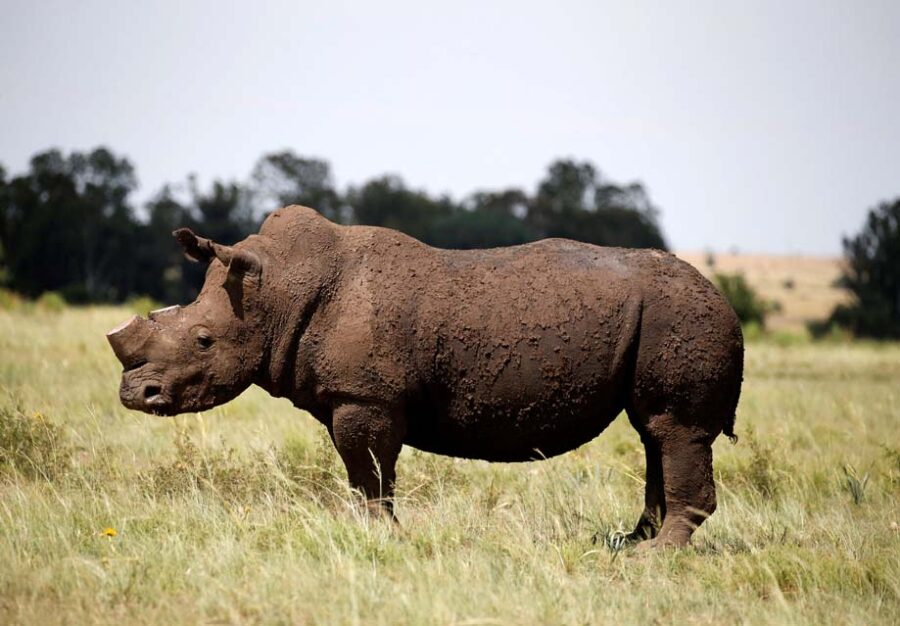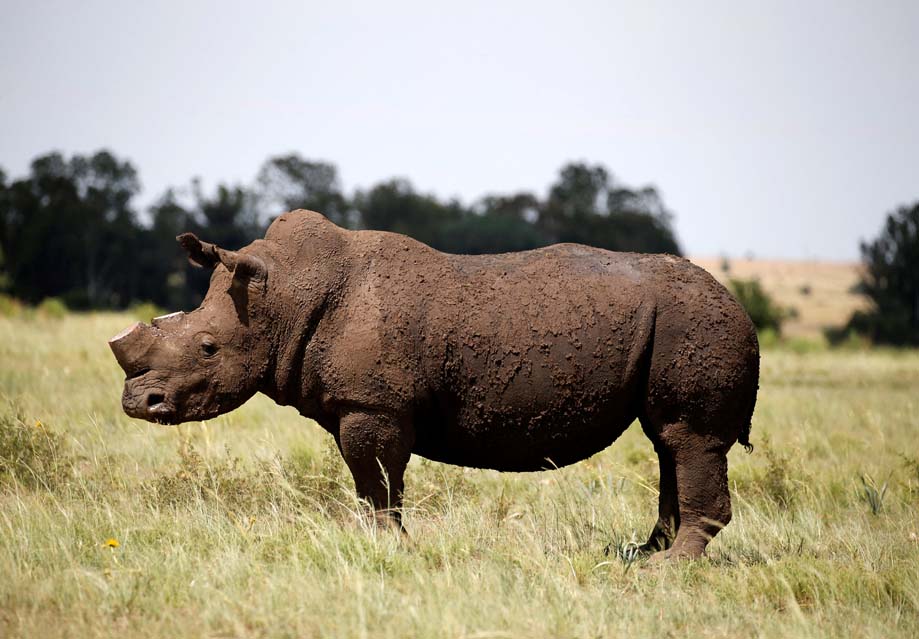
World Bank Sells First ‘Rhino’ Bond, Raising $150-Million to Help South Africa’s Conservation Efforts
JOHANNESBURG (Reuters) – The World Bank has issued the world’s first wildlife conservation bond, raising $150 million to help efforts to increase the endangered black rhino population in South Africa, the bank said in a statement on Thursday. The five-year ‘rhino bond’ issued on Wednesday will pay investors returns based on the rate of growth […]

JOHANNESBURG (Reuters) – The World Bank has issued the world’s first wildlife conservation bond, raising $150 million to help efforts to increase the endangered black rhino population in South Africa, the bank said in a statement on Thursday.
The five-year ‘rhino bond’ issued on Wednesday will pay investors returns based on the rate of growth of black rhino populations at South Africa’s Addo Elephant National Park (AENP) and the Great Fish River Nature Reserve (GFRNR), the bank said.
After five years, investors would get a return of between 3.7% and 9.2% if the population increases. They would get no return if there is no change in the black rhino population, it added.
Black rhinos are two-horned species of the endangered rhino family and are found only in Africa. Between the 1970s and 1990s, their population fell by 96% to below 2,500 due to poaching to meet demand for their horns in China and the Middle East, according to Save The Rhino International, a London-based non-profit organisation.
Later, large scale conservation efforts were taken up which led to their increase to between 5,000 and 5,500, according to Save The Rhino’s website.
South Africa accounts for approximately half of the total black rhino population on the continent, World Wildlife Fund (WWF), a global non-governmental organisation says.
“The pay-for-success financial structure protects an endangered species and strengthens South Africa’s conservation efforts by leveraging the World Bank’s infrastructure and track record in capital markets,” World Bank Group President David Malpass said in the statement.
(Reporting by Promit Mukherjee; Editing by Emelia Sithole-Matarise)
